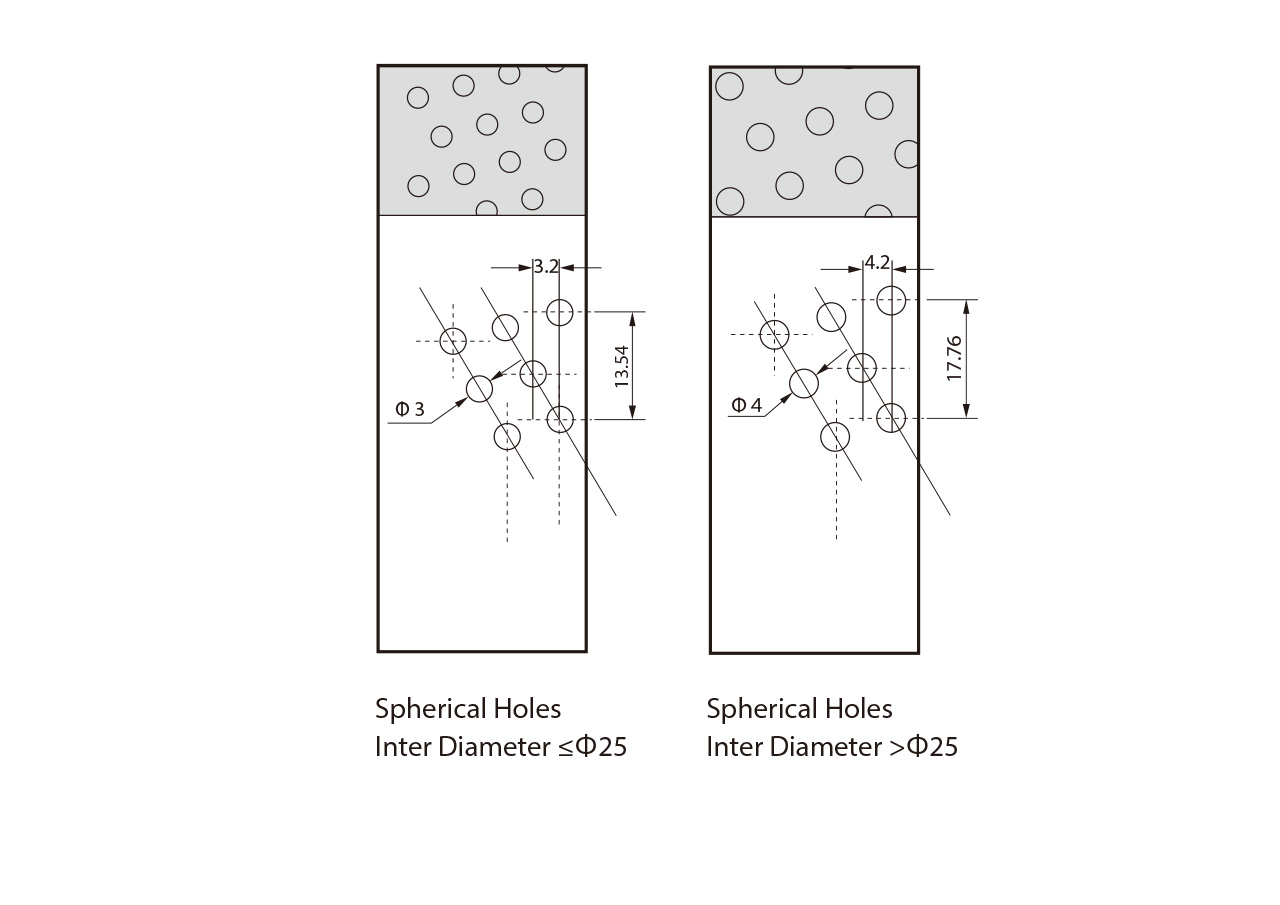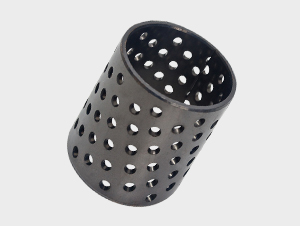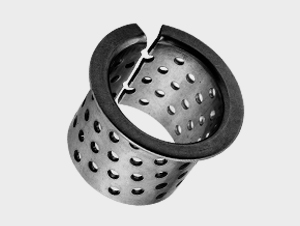Manufacturing Process and Quality Control
The production of E94 bushings involves a meticulous manufacturing process. It typically includes precision machining, sintering of the bronze layer, and careful application of the polymer sliding surface. Rigorous quality control measures are implemented at each stage to ensure consistency and reliability.
To guarantee that each bushing fulfills the requesting execution prerequisites for high-temperature employments, they experience broad testing, which incorporates warm cycling, stack capacity tests, and wear resistance evaluations.
Heat Resistance Capabilities of E94 Bushings
Temperature Range and Thermal Stability
E94 bushings are engineered to operate effectively across an impressive temperature spectrum. They maintain their structural integrity and performance characteristics from cryogenic temperatures up to 250°C (482°F) in continuous use, with brief excursions to even higher temperatures possible.
Due diligence in the selection and design of materials allows for this level of thermal stability. The polymer sliding layer is designed to resist thermal degradation, and the steel backing provides good heat dissipation. The bushing's dimensional stability and functional qualities are protected from extreme heat stress by this combination.
Thermal Expansion Management
One of the critical challenges in high-temperature applications is managing thermal expansion. E94 bushings are designed with this in mind, incorporating features that accommodate the differential expansion between the bushing and the housing or shaft.
The steel backing's thermal expansion coefficient is carefully matched to common housing materials, reducing the risk of seizure or deformation. Meanwhile, the sliding layer's properties allow it to adapt to dimensional changes without compromising its performance or integrity.
Heat Dissipation and Thermal Management
Effective heat dissipation is crucial for maintaining the longevity and performance of bushings in high-temperature environments. E94 bushings excel in this aspect through several design features:
- Conductive steel backing: Facilitates rapid heat transfer away from the sliding surface.
- Surface patterns: Increase the effective surface area for heat dissipation.
- Self-lubricating properties: Reduce friction-generated heat at the source.
These thermal management capabilities allow E94 bushings to maintain lower operating temperatures compared to conventional bearings, contributing to extended service life and improved system efficiency.
Conclusion
E94 bushings are a exceptional progression in bearing innovation, gloating a strong combination of warm resistance and eminent execution. Their moo contact, awesome wear resistance, and capacity to work effectively in amazingly hot and cold situations make them crucial in a wide run of mechanical settings. As planning challenges amplify, E94 bushings serve as a affirmation to breakthrough texture science and arrange though dependably settling challenging operational settings. Continued wander in R&D may abandon without a doubt more conspicuous upgrades in efficiency, sturdiness, and execution for machines over a wide run of businesses.
FAQs
1. What makes E94 bushings suitable for high-temperature applications?
E94 bushings are designed with a steel backing for heat dissipation and a specialized sliding layer that maintains performance at high temperatures. They can operate continuously at up to 250°C.
2. Do E94 bushings require regular lubrication?
E94 bushings are self-lubricating due to their polymer sliding layer and surface design. Their low maintenance requirements are a result of their ability to function without further lubrication.
3. What industries commonly use E94 bushings?
E94 bushings are broadly utilized in car, aviation, overwhelming apparatus, rural gear, and renewable vitality businesses, among others.
Experience the Superior Performance of E94 Bushings | EPEN
At EPEN, we pride ourselves on being a leading E94 bushing manufacturer and supplier. Our state-of-the-art production facilities and rigorous quality control ensure that every E94 bushing meets the highest standards of performance and reliability. Whether you need standard sizes or custom solutions, our team is ready to meet your specific requirements. Experience the EPEN difference in heat resistance and durability. Contact us at epen@cnepen.cn to discuss how our E94 bushings can enhance your applications.
References
Johnson, A. R. (2020). Advanced Materials in High-Temperature Bearings. Journal of Thermal Engineering, 45(3), 112-128.
Smith, B. L., & Thompson, C. D. (2019). Self-Lubricating Bushings: Principles and Applications. Industrial Tribology International, 87, 234-249.
Zhang, Y., et al. (2021). Thermal Management Strategies for Polymer Composite Bearings. Composites Science and Technology, 201, 108529.
Brown, M. E. (2018). Friction and Wear Behavior of PTFE-Based Composites at Elevated Temperatures. Wear, 426-427, 1203-1211.
Liu, X., & Chen, G. (2020). Recent Advances in High-Temperature Resistant Polymer Composites for Tribological Applications. Polymers, 12(11), 2520.
Anderson, K. L. (2019). Performance Evaluation of Self-Lubricating Bearings in Extreme Environments. Tribology Transactions, 62(5), 789-801.









_1758800332230.webp)